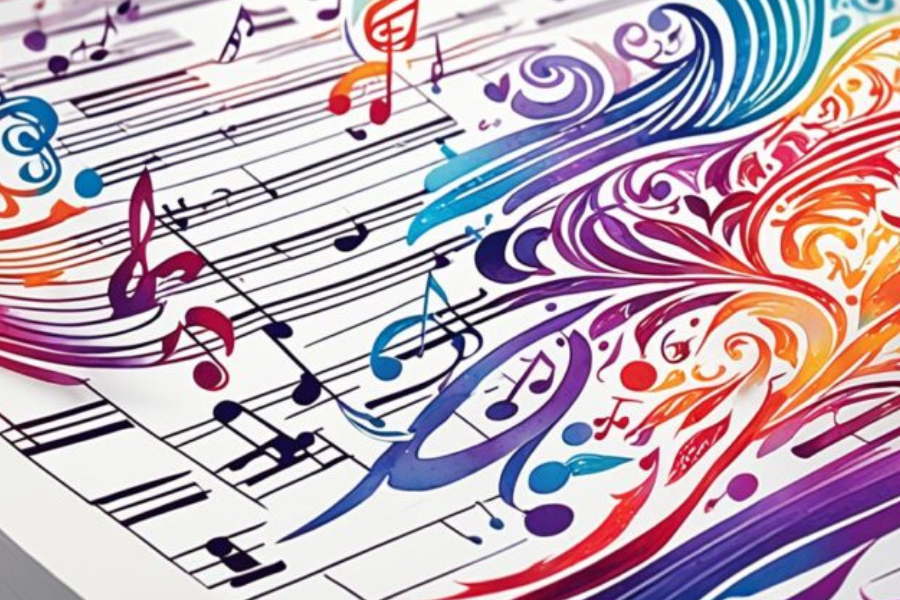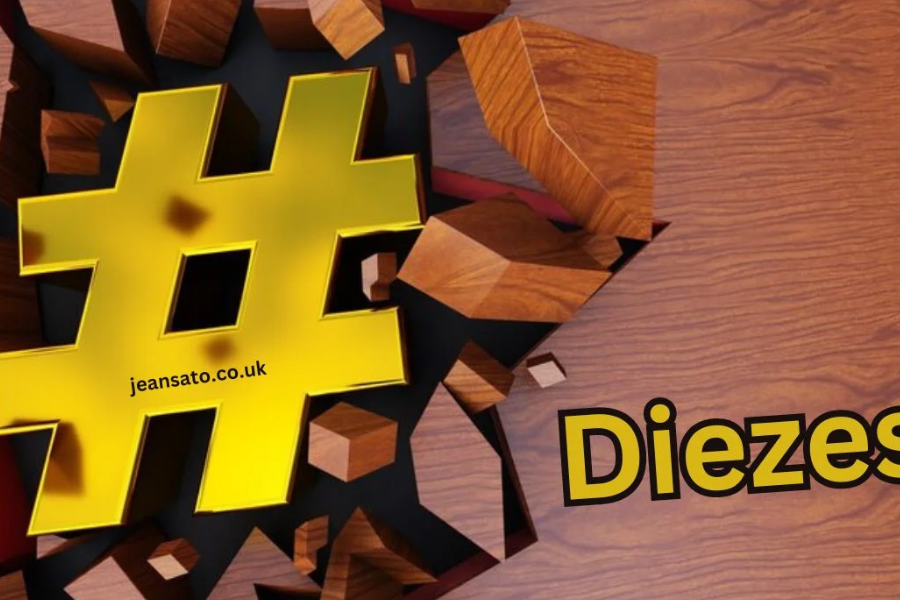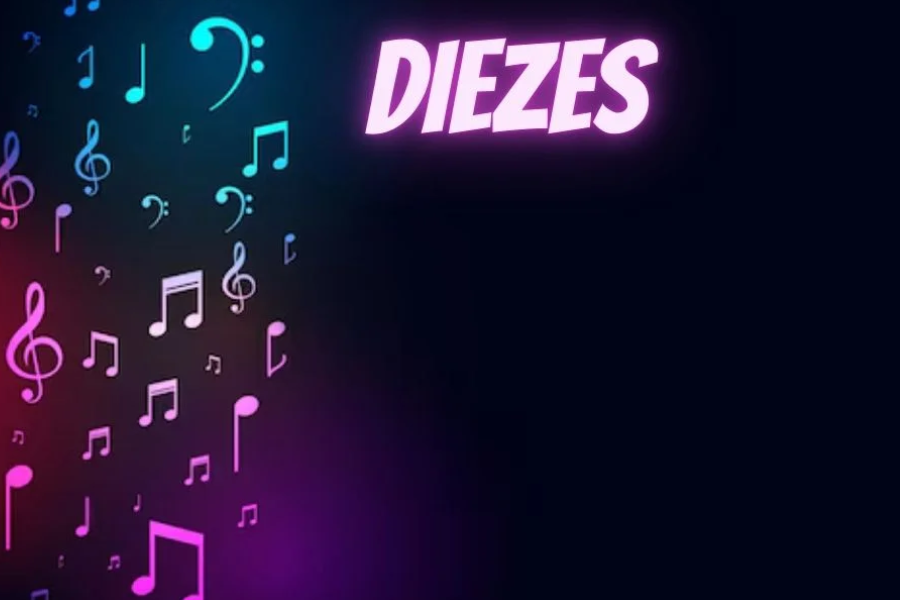Diezes, symbolized by the sharp symbol (♯) in music and represented in various ways across disciplines, serve as crucial indicators that enhance clarity and understanding in different contexts. Mastering the correct application of diezes can significantly improve your effectiveness, whether you are a musician composing a piece, a mathematician working on set theory, or a programmer writing code. This comprehensive guide will delve deeper into the use of diezes, providing thorough explanations, practical advice, and examples to illustrate their correct application.
Introduction To Diezes: Definitions And Contexts

What Are Diezes?
Diezes refer to symbols or notations used to denote a sharp or heightened aspect in various fields. The term is most commonly associated with music, where the sharp symbol raises a note’s pitch by a semitone. However, diezes can also appear in mathematics, computer science, and other domains, serving different but equally important functions. Understanding the broad definitions and contexts of diezes is essential for applying them correctly.
The Role of Diezes in Different Fields
- Music: In musical notation, diezes raise the pitch of notes, enabling composers to explore different tonalities and harmonies. They are fundamental for defining melodies and creating emotional impacts in compositions.
- Mathematics: In mathematics, diezes can denote specific operations, such as cardinality or set size. The # symbol is often used in this context.
- Computer Science: In programming, diezes indicate comments or preprocessor directives, helping clarify code and organize functionality.
Diezes In Music: Proper Usage And Application

Understanding Musical Diezes
Musical diezes, denoted by the sharp symbol (♯), raise the pitch of a note by one semitone, which is the smallest interval used in Western music. This means that a C♯ note is played one semitone higher than a C note, and similarly, a B♯ note sounds the same as C since they are enharmonically equivalent. This subtle yet crucial adjustment allows composers and musicians to explore different tonalities and create more complex harmonic structures.
The use of diezes significantly impacts the scale, harmony, and overall mood of a piece. By incorporating sharps, composers can introduce new key signatures and modulate between different keys, enriching the musical expression. For example, the presence of sharps in a key signature not only defines the pitch of specific notes throughout the piece but also influences the emotional and tonal quality, adding depth and variation to the musical experience
Applying Diezes in Notation
Notation: The sharp symbol (♯) is placed directly before the note to be altered. For example, when notating a piece in the key of D major, which has two sharps (F♯ and C♯), it’s essential to denote these correctly.
Key Signatures: Diezes are used in key signatures to dictate which notes are consistently sharp throughout the piece. Familiarizing yourself with the circle of fifths can help you remember which keys have sharps.
Accidentals: Diezes can be used as accidentals to raise the pitch of a note temporarily within a measure. Accidentals apply only to the note they precede and persist for the duration of the measure unless indicated otherwise.
Practical Tips for Musicians
Consistency: Ensure diezes are applied consistently throughout a piece, especially in repeated sections or variations, to maintain tonal clarity and coherence.
Practice: Regularly practice scales and exercises involving diezes to become proficient in their use. For example, practice the D major scale, which includes F♯ and C♯.
Software: Utilize music notation software (such as Finale or Sibelius) to accurately input diezes and avoid errors in digital scores. These programs often include features that highlight key signatures and accidentals automatically.
Diezes In Mathematics: Correct Interpretation And Usage
Mathematical Notation of Diezes
In mathematics, the term “dieze” can refer to various symbols or notations serving specific functions. For example, the # symbol denotes the cardinality of a set, which is the number of elements in that set.
Applying Diezes in Mathematical Contexts
- Set Theory: Use the # symbol to represent the size of a set. For example, if A = {1, 2, 3}, then #A = 3, indicating that there are three elements in set A.
- Functions: In some mathematical contexts, diezes may indicate specific operations, such as in programming languages or in describing functions.
Best Practices for Mathematical Diezes
- Clear Definition: Clearly define the role of diezes in your mathematical work to avoid ambiguity. When writing a paper or solving problems, include explanations of what the symbols mean.
- Consistency: Adhere to standard conventions for notations to ensure clarity and understanding in mathematical communication. For instance, consistently use the # symbol for cardinality throughout your work.
Diezes In Computer Science: Best Practices And Syntax

Diezes in Programming Languages
In programming, the dieze symbol (often represented as #) serves several crucial functions, most commonly for comments and directives. For instance, in Python and other languages, # is used to introduce comments, allowing programmers to annotate their code with explanations that do not affect execution. This practice is essential for making code more readable and understandable, as it helps explain the purpose and logic behind specific code segments.
Correct Usage in Coding
The dieze symbol also plays a role in preprocessor directives in languages like C and C++, where it signals commands that instruct the compiler to perform certain tasks before the actual code is compiled. Effective use of diezes involves writing clear, concise comments that enhance readability without overcrowding the code with unnecessary information. Additionally, maintaining comprehensive documentation for any special uses of the dieze symbol ensures that all contributors to a project understand its intended applications, which is especially important in larger codebases with multiple developers.
Common Challenges And Solutions

Troubleshooting Musical Diezes
When working with diezes in music, clarity, and consistency are crucial. Accidental confusion can arise if diezes are not marked or if their application varies throughout a piece. To address this, ensure that all diezes are consistently notated and consider using color-coding in your scores for better visibility, particularly in complex compositions with multiple accidentals. Additionally, in digital scores, software issues can occur if diezes are not entered correctly. Double-check your input and key signature settings before printing or sharing scores to avoid errors.
Addressing Mathematical Notation Issues
In mathematical contexts, diezes (or sharp symbols) need precise definitions to avoid ambiguity. Clearly define their meaning in your work and include explanations or legends when necessary to ensure proper interpretation. Standardizing the use of diezes according to established conventions and consulting style guides can help maintain consistency. For coding challenges related to diezes, ensure that comments in your code are informative and precise, avoiding vagueness. Carefully review syntax for errors related to special symbols, and utilize tools provided by your IDE to debug and correct issues efficiently.
FAQs About Diezes
What is the purpose of diezes in music?
Diezes in music, represented by the sharp symbol (♯), raise the pitch of a note by one semitone. This adjustment allows composers to explore different tonalities, create complex harmonic structures, and influence the emotional impact of a piece.
How do diezes function in mathematical notation?
In mathematics, diezes (often denoted by the # symbol) are used to represent cardinality, which is the number of elements in a set. For example, #A = 3 if set A contains three elements. This notation helps in understanding and communicating the size of sets.
How is the dieze symbol used in programming languages?
In programming, the dieze symbol (#) is used for comments and preprocessor directives. Comments help annotate code, making it more readable, while preprocessor directives instruct the compiler to perform specific tasks before code compilation.
What common issues arise with diezes in music and how can they be resolved?
Common issues include accidental confusion and software errors. To resolve these, ensure diezes are marked consistently and use color-coding for visibility. Verify correct input and key signature settings in music notation software to avoid errors.
What are some best practices for using diezes in mathematical and programming contexts?
For mathematics, clearly define and consistently use diezes to avoid ambiguity. For programming, write clear comments, maintain comprehensive documentation, and ensure correct syntax to enhance code readability and functionality.
Conclusion
Diezes, represented by the sharp symbol (♯), play a crucial role across various disciplines, from music to mathematics and programming. In music, they refine pitch and harmonic structure, enabling richer compositions. In mathematics, they denote cardinality, aiding in precise set analysis. In programming, diezes facilitate code clarity and directive instructions, essential for effective development.
Understanding the correct application of diezes in these contexts enhances clarity and effectiveness, whether you’re composing a symphony, solving mathematical problems, or coding a complex program. By following best practices and addressing common challenges, you can ensure that diezes serve their intended purpose and contribute to your work’s success.
Stay in touch for more updates and alerts visit: Greek Buzz!



















